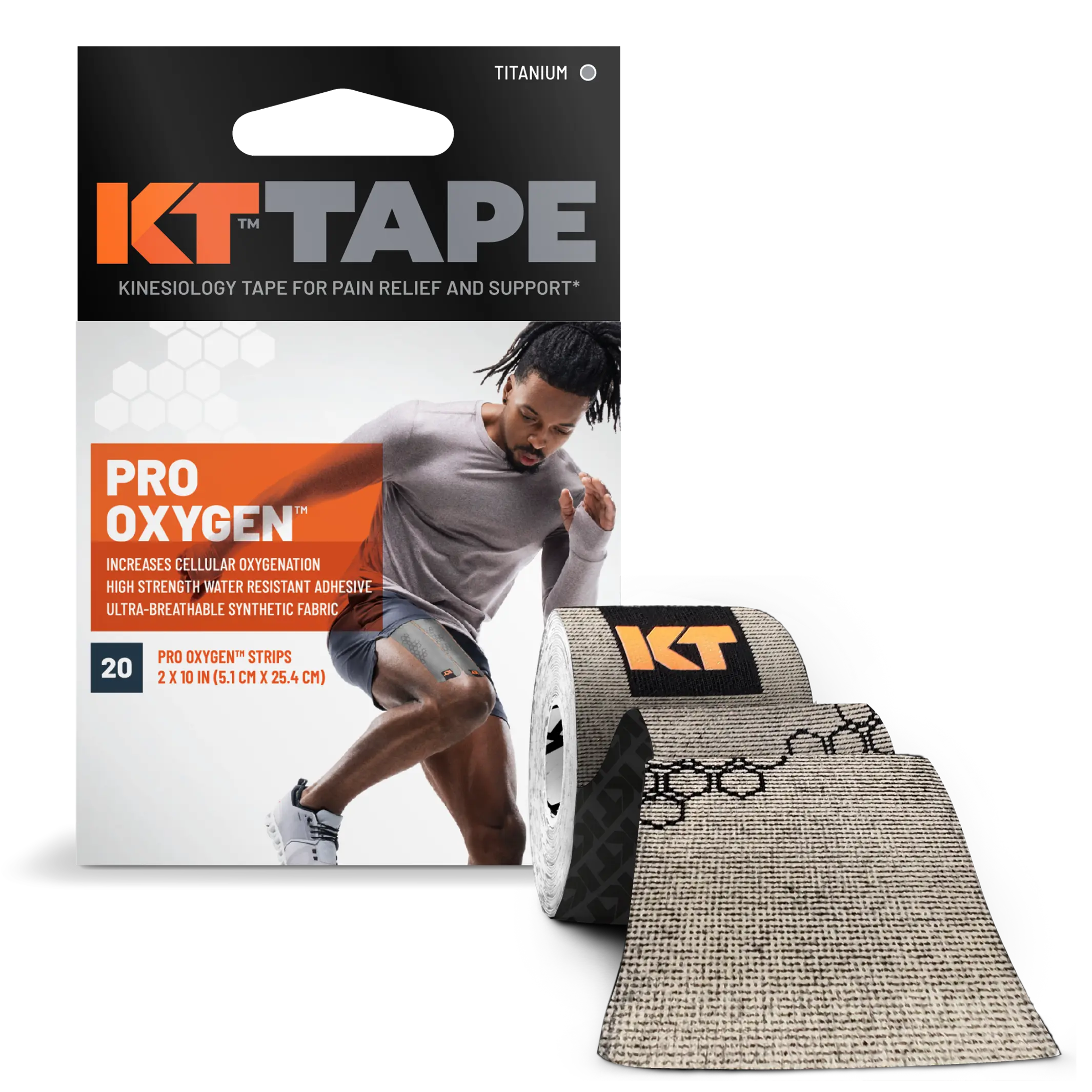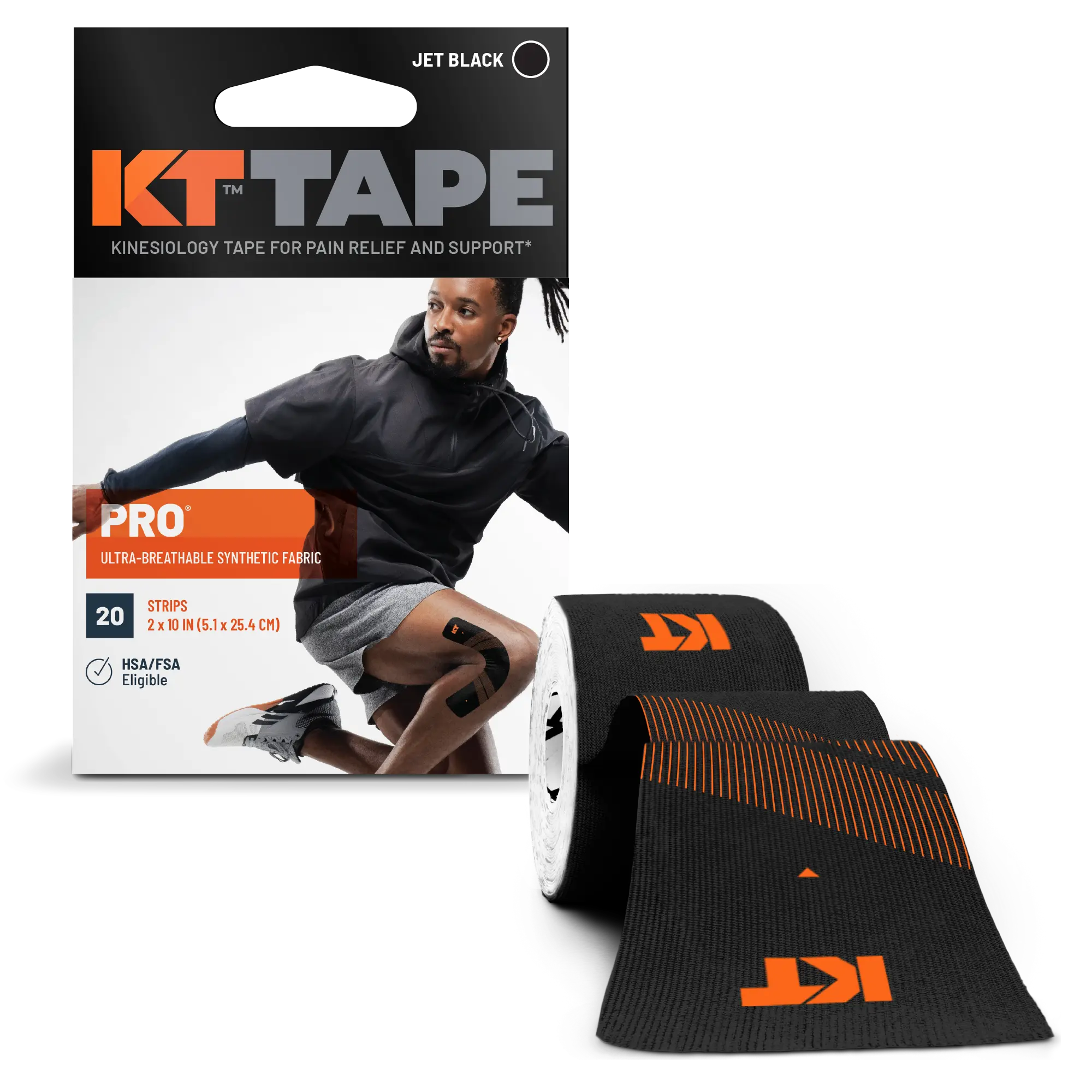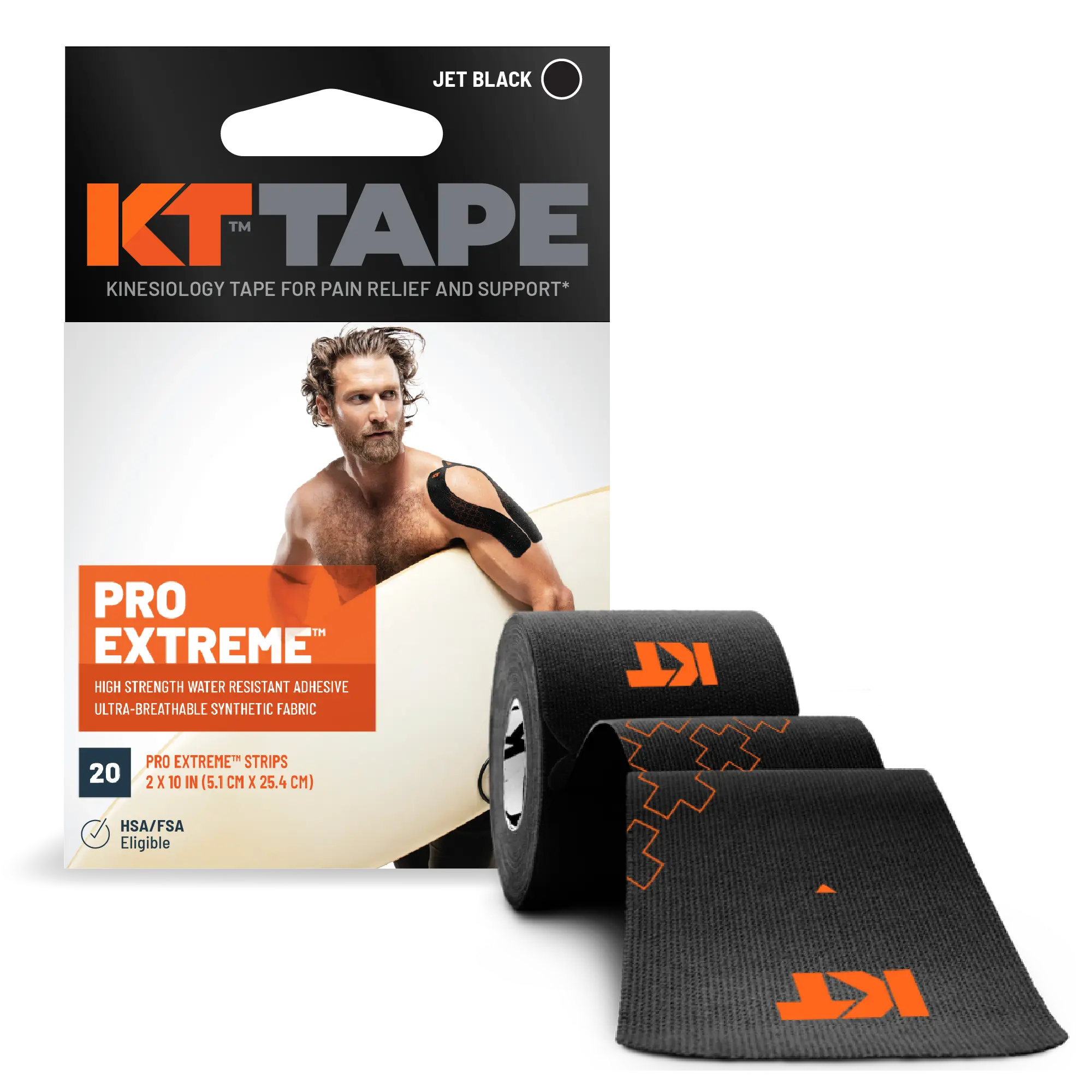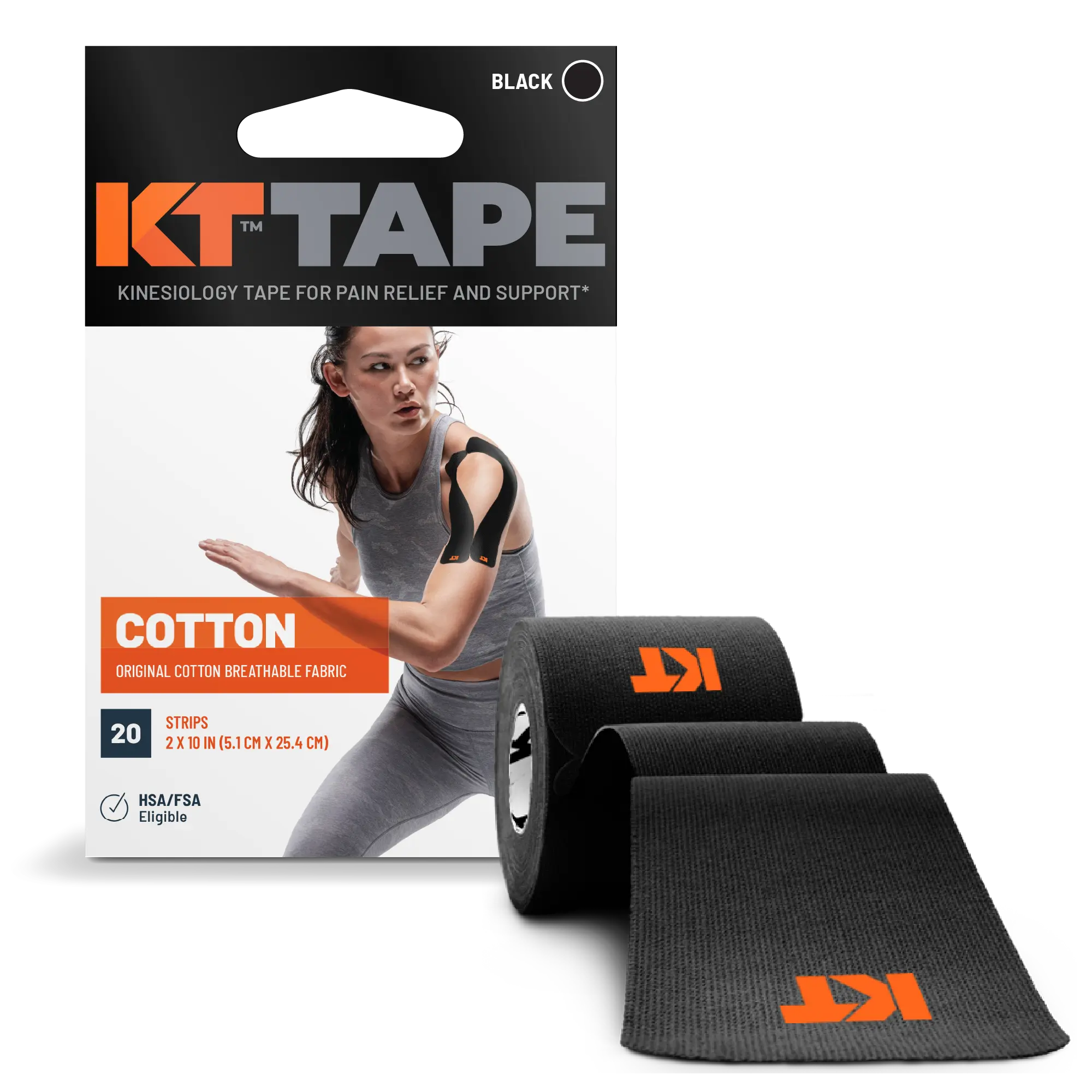- How to Apply KT Tape
- Neck/Shoulders
- Rotator Cuff
Rotator Cuff
The rotator cuff is the group of muscles and their tendons that act to stabilize the shoulder. These muscles are relatively small, yet are extremely important in all shoulder movements. They start at the shoulder blade and connect to the upper arm in a fashion that forms a “cuff” to provide the needed stability and mechanics of the shoulder.
To further explain the vital nature of these muscles, understand that the shoulder joint is much like a golf ball sitting on a tee. This design is necessary for the wide range of motion needed from the arm, but inherently creates a relatively unstable joint. The rotator cuff muscles are the muscles responsible for countering this unstable state. Though often thought to be an injury-related specifically to athletic activity, incidents of rotator cuff injury is just as high in non-athletic populations.
Rotator cuff injuries generally involve many factors. Incidents of injury increase with age and degeneration of the tendons, but younger individuals with this condition have likely overused the shoulder joint or have developed muscle imbalances or poor biomechanics. Causes include muscle tears, overuse, hyperextension or hyperflexion of the shoulder, poor throwing form, among others. The tendons at the ends of the rotator cuff muscles can become torn or inflamed and lead to pain or restricted arm movement. Torn rotator cuffs can also occur following acute trauma to the shoulder, or more commonly through the overuse of the tendons. Athletes or individuals that frequently make repeated throwing motions, swinging motions, or explosive pushing or pulling motions are especially at high risk. Swimming, racquet sports, and throwing sports are all good examples of activities with high incidents of rotator cuff problems.
Rotator cuff pain presents as pain among the muscles in the shoulder that are responsible for rotation and lifting. Pain is generally felt at the front and outside of the shoulder or in the shoulder itself. Symptoms include pain, weakness, raised shoulders, and decreased range of motion. The pain is made worse with activities requiring the arm to operate overhead or out in front of the body. Clicking, catching, or snapping are rare symptoms in rotator cuff injuries and may be indicative of other problems such as a torn labrum or fracture. Early diagnosis and action is essential to prevent irreparable damage.
KT Tape can be used during the healing process to provide support, reduce pain, and reduce swelling for many injuries*. Icing after activity and rest are essential and should be combined with NSAIDs to combat inflammation and pain. After the initial healing process has completed, a strengthening rehab program should be implemented.
For additional resources, please visit the KT Tape Forum.
*NOT CLINICALLY PROVEN FOR ALL INJURIES









